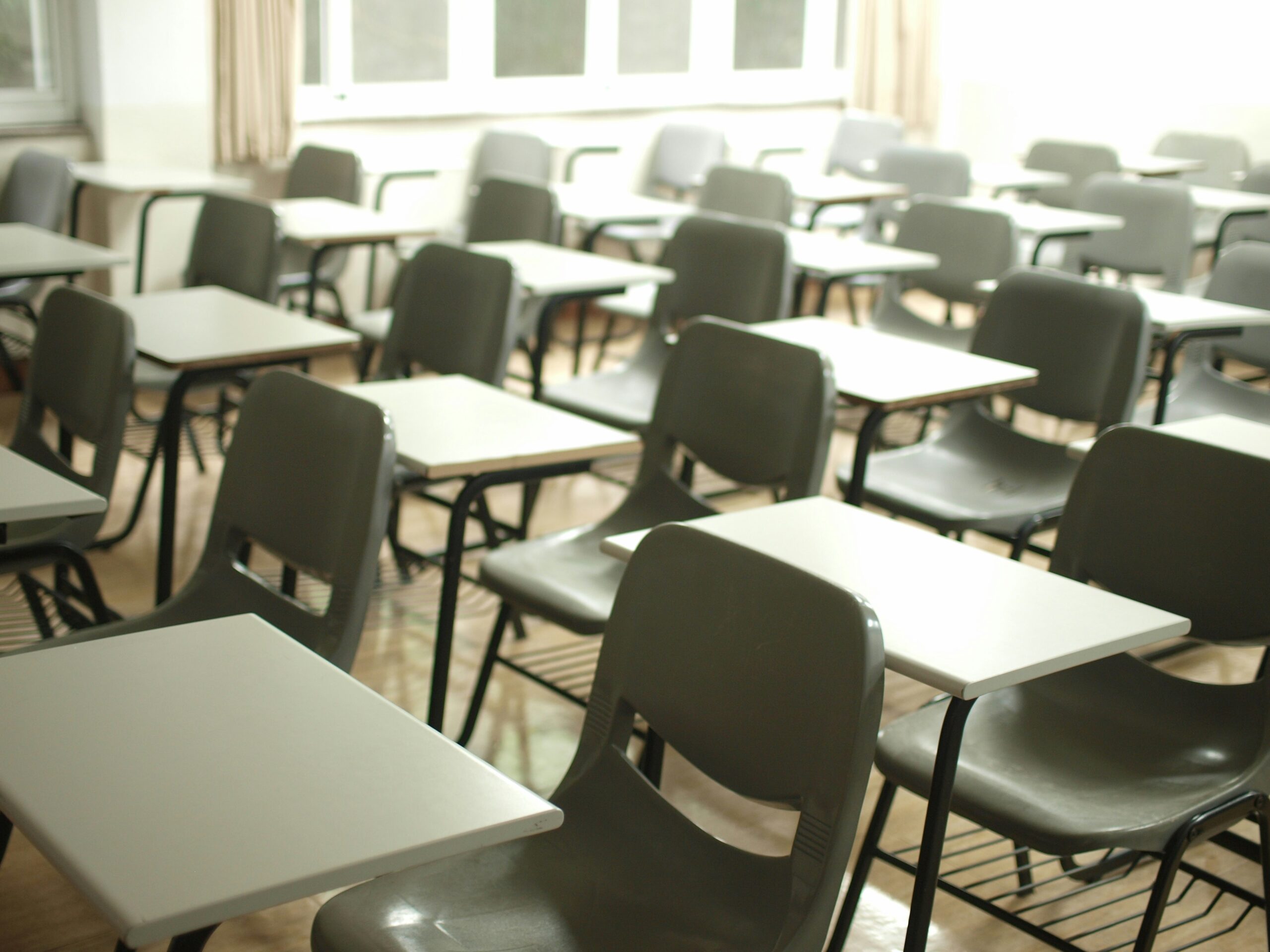In a city known for dreamers and doers, few stories stand out quite like that of Dr. Dana. By day, she is a respected breast radiologist, dedicated to caring for patients and advocating for cancer awareness. By night, she transforms into a soulful singer-songwriter, creating music that blends folk, jazz, rock, and soul into something deeply cinematic and undeniably moving.
For Dana, these two worlds aren’t as far apart as they may seem. “Being a physician and musician feels like two sides of the same coin. Both are about healing,” she says. “In medicine, I care for people’s bodies. In music, I reach their hearts.”
A Journey Rooted in Resilience
Dana’s relationship with music began early, singing alongside her grandmother, a Palestinian refugee whose soulful voice left a lasting imprint. That foundation carried her through piano lessons, guitar practice, and the start of songwriting in her teenage years.
But when medical school demanded her full focus, music became a quiet passion in the background. It wasn’t until 2020, while working at Tampa’s renowned Moffitt Cancer Center, that Dana rediscovered her love of performing. Joining The ReMissions, a band made up of healthcare professionals, reignited her passion. From that point on, music was no longer optional. It was a calling.
“Finding music again after years of focusing solely on medicine was like reclaiming a piece of my spirit,” she reflects. “It’s brought joy and balance back to my life.”
Music With Purpose
Her upcoming EP, The Space Between, highlights Dana’s ability to weave her personal experiences and medical advocacy into songs that resonate far beyond her own story. Tracks like “Not Alone,” “Stage 4 Needs More,” “The Cure,” and “End the Confusion” capture themes of resilience, urgency, and human connection.
With “Stage 4 Needs More,” Dana channels her experiences in oncology to spotlight the critical need for more research and treatments for advanced cancer patients. “I sing to give voice to those who need more—more effective treatments and more hope,” she says.
Unlike many rising artists, Dana’s songs are written not for fleeting trends but for lasting impact. “My songs are an invitation to feel everything—the raw, the real, the beautiful—and to find something bigger that binds us all together.”
Building a Platform Beyond the Exam Room
Dana has already performed at local festivals and community events, as well as national stages, including delivering the national anthem at major league baseball games. Each performance reinforces her commitment to blending artistry with advocacy, showing audiences that music can heal in ways medicine alone cannot.
Her vision goes beyond the stage. Dana is positioning her music for film and television placements, recognizing that her cinematic style lends itself naturally to storytelling on screen. “My music is written for those moments where you just need to feel,” she says.

Why She Stands Out
In today’s music industry, where image often overshadows message, Dr. Dana offers a refreshing reminder that authenticity matters. She doesn’t shy away from sharing her dual identity as physician and artist. Instead, she embraces it fully, using her unique perspective to shape both her medical career and her artistry.
“Being a musician has taught me to be fearless in showing my true self,” Dana says. “That vulnerability makes me a better doctor, artist, and advocate.”
It’s a story that resonates in Los Angeles, a city where reinvention and passion are celebrated. Dr. Dana isn’t just another artist hoping to make it big. She is a professional already at the top of one demanding field who chose not to ignore her creative calling. That balance between two worlds makes her a standout voice in both.
What’s Next
As she prepares to release The Space Between, Dr. Dana is looking ahead to more performances, broader collaborations, and an expanding audience. Her message is clear: healing doesn’t stop at the hospital doors. With her music, she hopes to bring comfort, courage, and connection to listeners everywhere.
To learn more about her journey and music, visit DrDanaRocks.com. You can also follow her on Instagram, stream her songs on Spotify, or watch her latest performances on YouTube.
Written in partnership with Tom White



